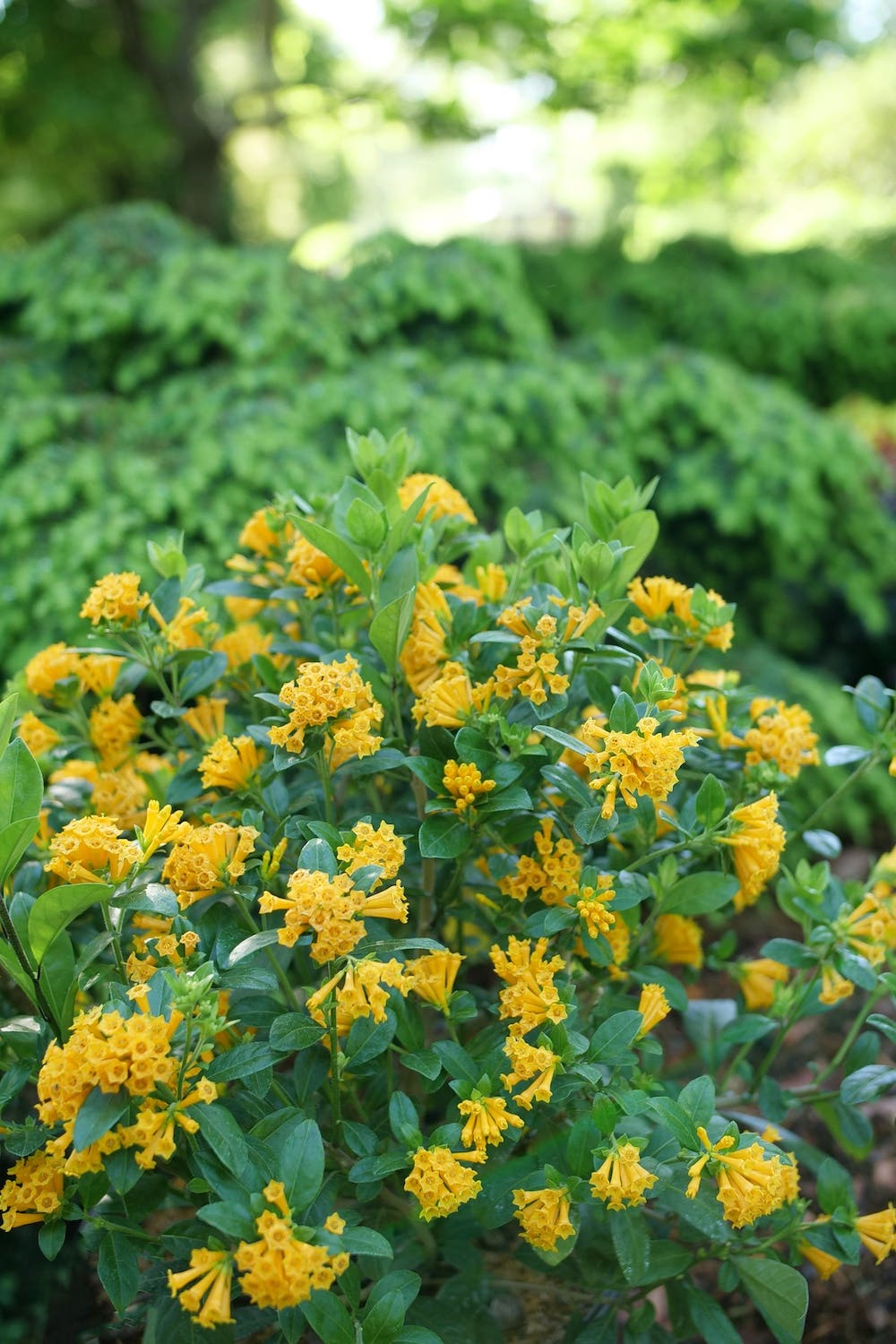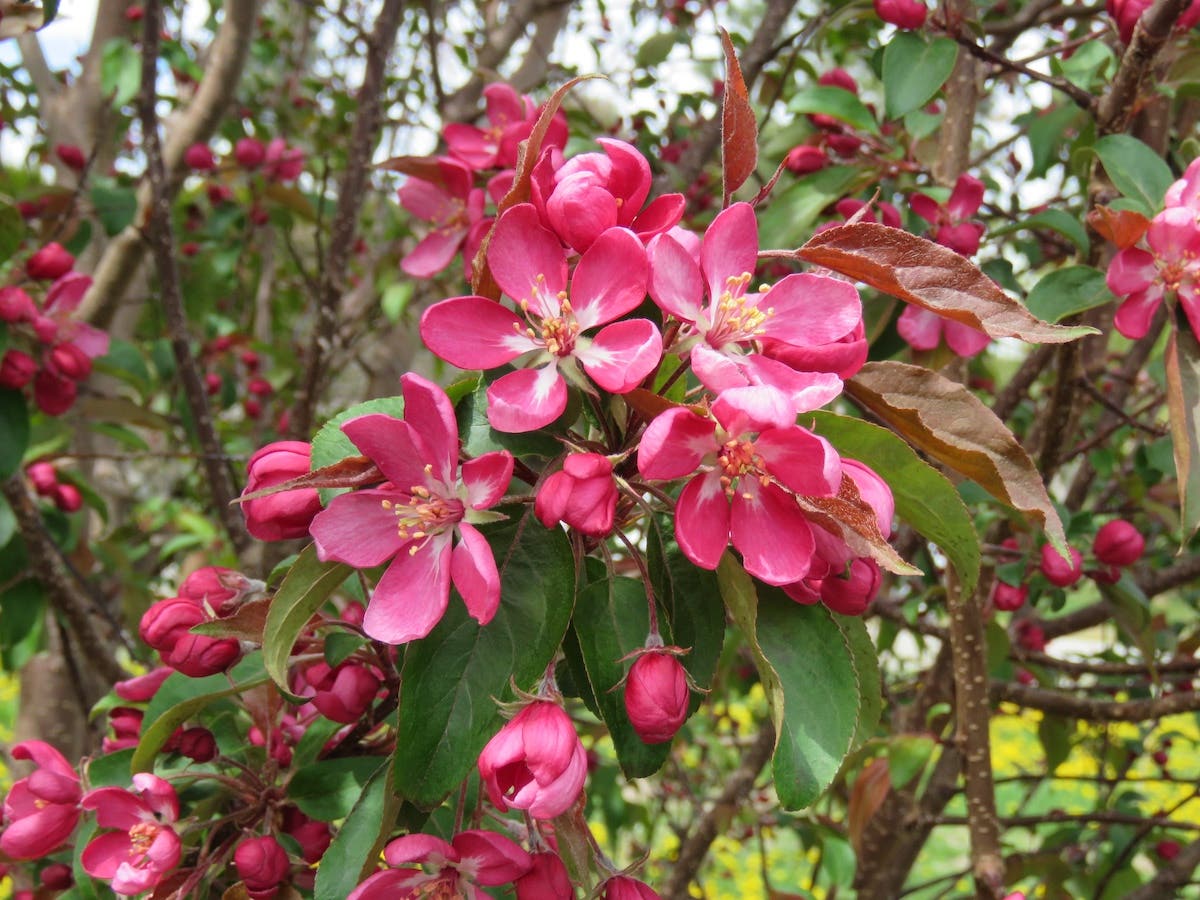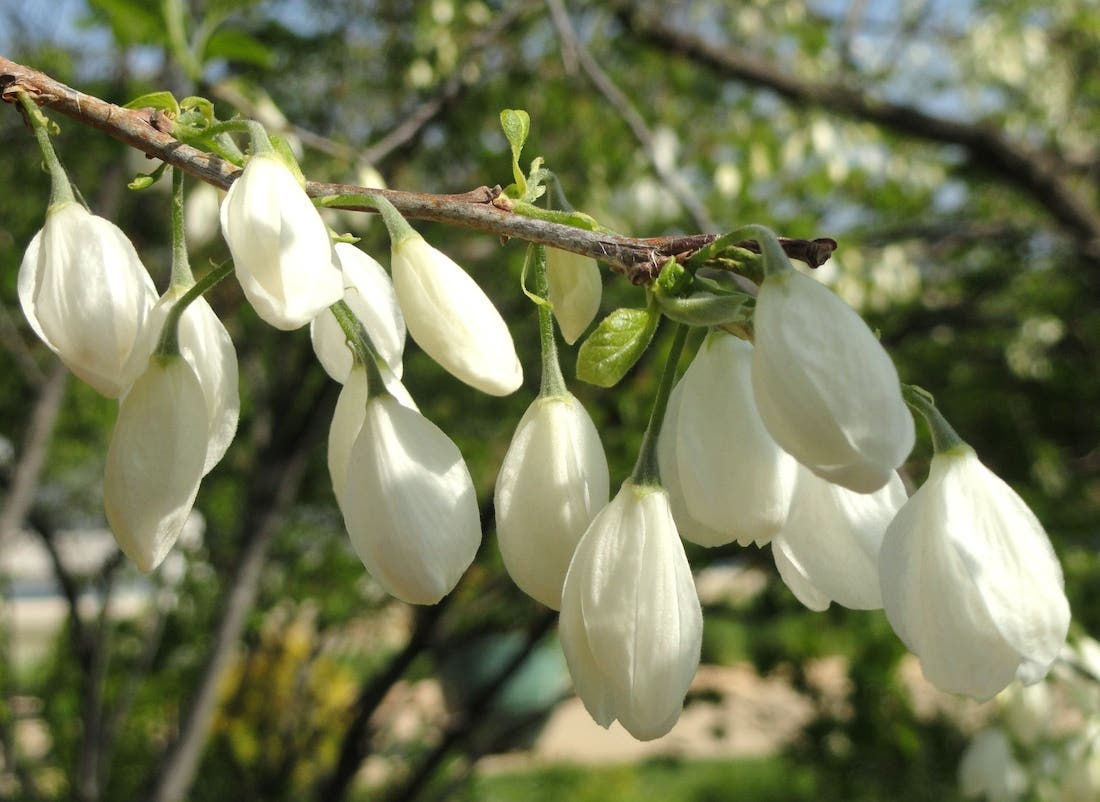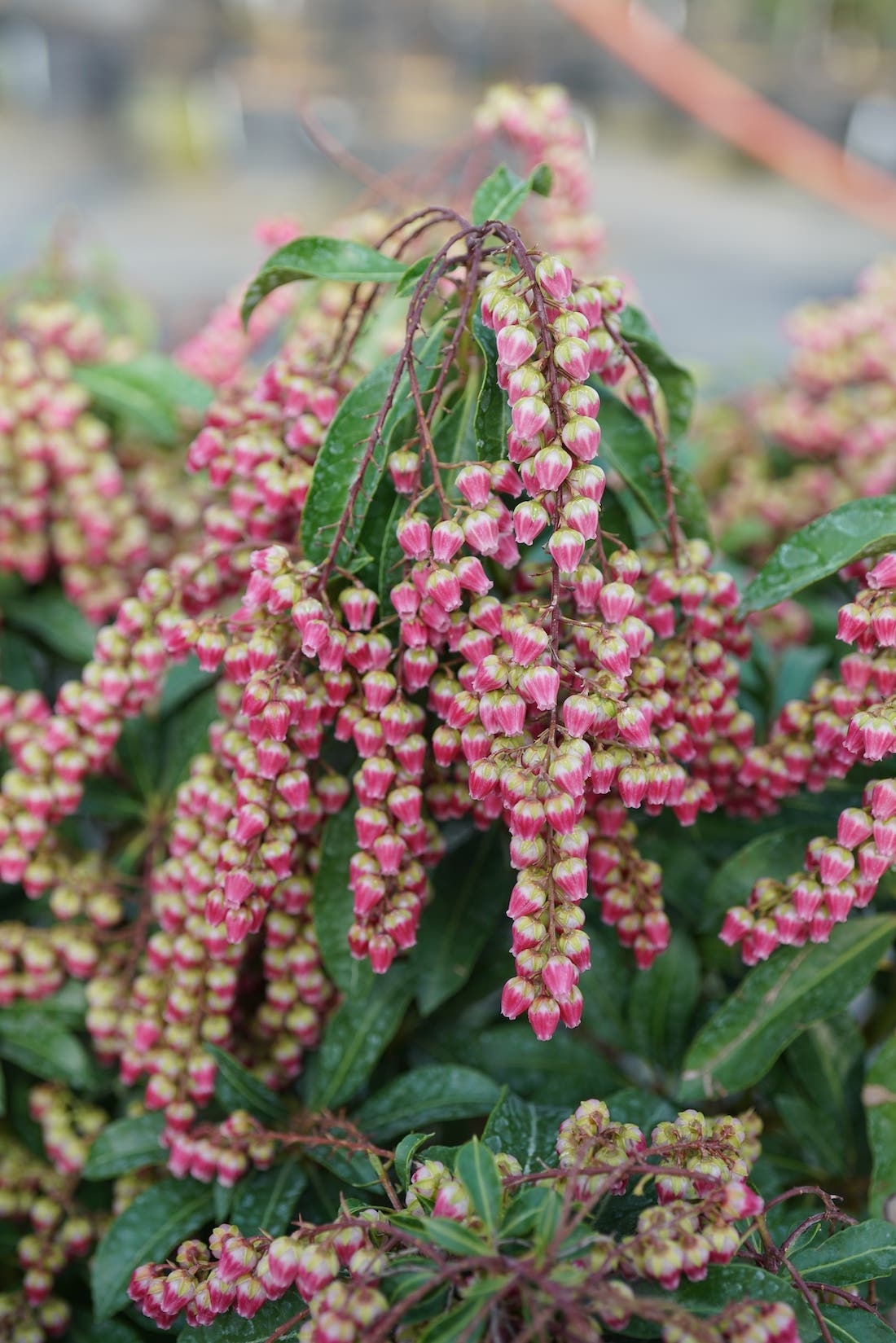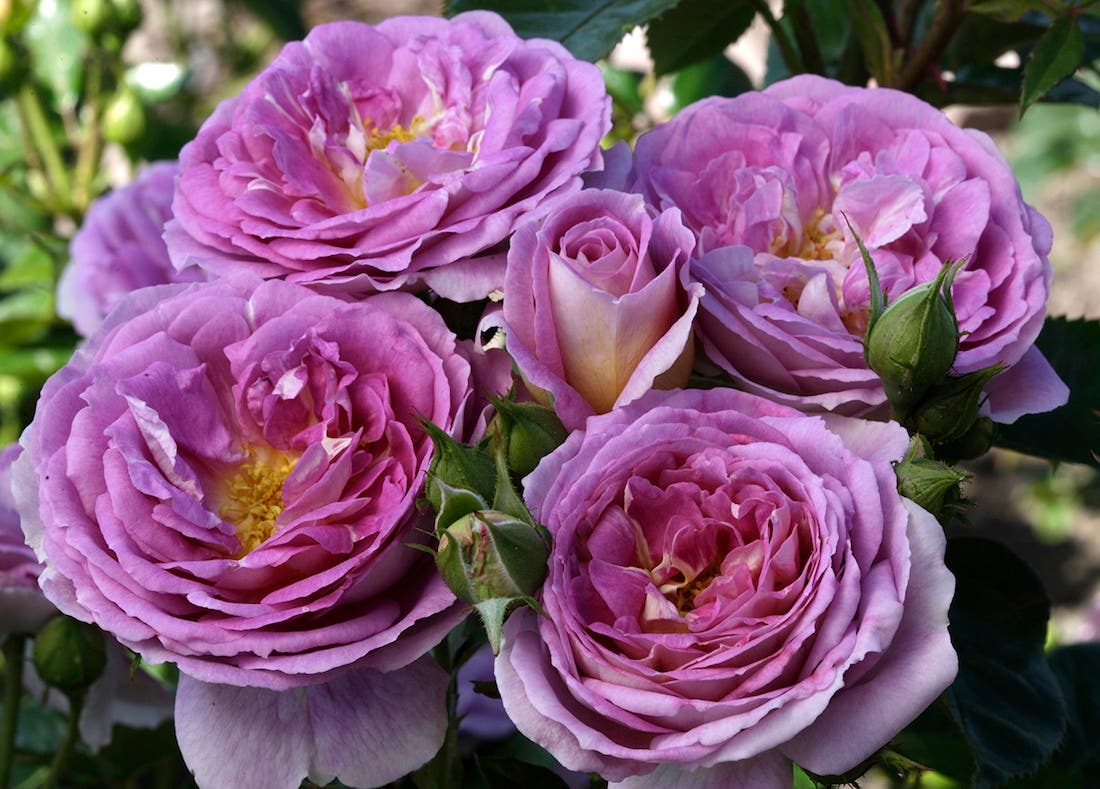Pinktini Lilac Fits Small Gardens and Foundation Plantings
Fragrant pink flowers cover this small lilac in late spring to early summer.
Pinktini lilac supplies a lovely light scent from its rich pink flowers in late spring and early summer. The shrub itself stays smaller than many lilacs, so it can fit into foundation plantings, pathway borders and patio beds, where its fragrance can be easily appreciated. It also blooms later than many lilacs. Easy to grow and highly tolerant of cold, this newer lilac is a reliable spring-blooming shrub for small gardens.
Common name: Pinktini lilac
Botanical name: Syringa x prestoniae ‘Jeftini’
Origin: This is a Preston lilac (Syringa x prestoniae), a type of hybrid lilac first developed by Isabella Preston in Canada in 1920. These lilacs bloom relatively late and exhibit excellent winter hardiness. The cultivar Pinktini was bred and introduced in 2019 in Canada by Jeffries Nurseries, a Manitoba wholesale and plant-breeding nursery. Pinktini is a cross between two older lilacs, 'Charisma' and 'Miss Canada'. It shares the flower color of the latter but improves on its growth habit and size. Pinktini was introduced to the US market by First Editions Shrubs & Trees in 2022.
Flowers: Warm pink flowers open from deep pink buds from late spring to early summer. They provide the rich fragrance expected of a lilac. The flowers also last well in a vase.
Related: Read why cutting the flowers is a good step in pruning lilacs, plus get other lilac-pruning advice in "How and When to Prune Lilacs."
Foliage: Long, narrow oval leaves are medium green in color throughout the growing season. They drop off in the fall.
Size and habit: Pinktini lilac is a deciduous shrub that grows four to five feet tall and three to four feet wide, with an upright habit.
Growing Pinktini lilac
Exposure: Full sun
How to grow it: Site Pinktini lilac where it will receive full sun, in average, well-drained soil. Once established it tolerates drought. Because it is naturally shorter than many lilacs, it is not likely to need pruning. If you do wish to prune it, do so just after its flowering period ends. Flower buds are set on summer growth, to open the following spring. Bred in Canada, Pinktini is exceptionally cold tolerant. USDA Zones 2–7.
Image courtesy of First Editions Shrubs & Trees


